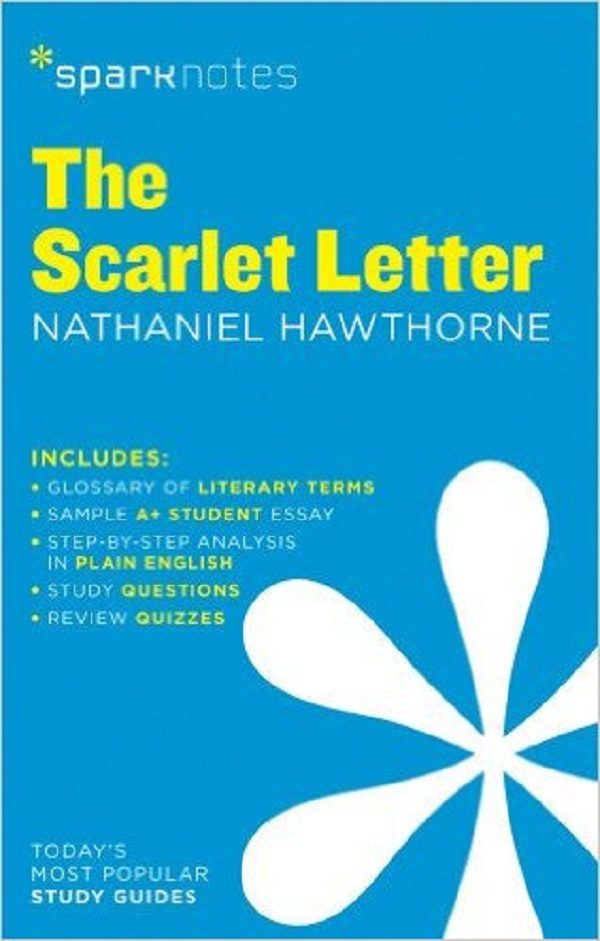As someone who suffered through all 691 pages of East of Eden in a college class, I am not someone who believes all classic reads are going to connect with all modern readers. I do think, no matter what book I’m reading, I can get something out of it. With East of Eden, I got a series of essays where I imagined what the book would look like if it was from the perspective of Cathy Ames, who I will always insist was a missed opportunity for more character development. Sometimes making a classic read more enjoyable means embracing your dislike of the book. Sometimes it involves studying the context for the novel and coming to appreciate the author’s perspective. Here are five ways to make classic reads more enjoyable, even if you don’t end up loving the book in the end.
1. Understand the basic context.
Before you even crack open an intimidating classic book, look up the book and the author on Wikipedia. You don’t need to do in depth research before you start reading, but understanding the basic social and political situations that were happening during the author’s life, and reading up on the impact the book had at the time will help you understand the basic context and reveal things you may have otherwise missed. As you get further into the book, start reading literary criticism about the work. Sometimes it takes another reader’s perspective to help us appreciate a book fully.

Image: Unsplash
2. Don’t be ashamed to use SparkNotes
SparkNotes isn’t just for high school students trying to fool a teacher into thinking they read the assigned book. It’s a useful resource for readers no matter their age. The chapter by chapter breakdowns and exploration of symbols and motifs will give you a new appreciation for things that might have gone over your head or have been so dated that they’re baffling to modern audiences. If you just feel like you’re not quite getting it, look up the section on SparkNotes to read alongside the book.
3. Keep a dictionary nearby
If you’re only reading books where you understand every word, you’re not challenging yourself. There’s no shame in not knowing what a word means. If you can’t figure it out from context clues, look it up to expand your vocabulary.

Image: Unsplash
4. Journal about your thoughts
Maybe there’s a passage you really loved, but you’re not sure why. Try writing about it. Or, maybe there’s a passage that seems totally dated, sexist, or racist. Classic books aren’t perfect, and neither were their authors. Break down what’s bothering you in a journal. How would the book be different if it were written today? What perspective did the author have? What perspective do you have? It can also be fun to imagine how the characters would behave if they were living today. Journal from a character’s perspective to make the work feel more relevant. Reflecting on what you’re reading every twenty or thirty pages, even if you just write a couple of notes in a journal, can keep you grounded in the story, and thinking critically about the writing.

Image: Unsplash
5. Read the book with a friend
Starting a tiny book club to work your way through the classics can be a good way to stay engaged. Sometimes you just need to call your friend and say, “I was totally lost at this part. Did you understand this?” Working through it with a friend makes the task of reading a classic book feel less like a homework assignment and more like a fun challenge.

Image: Unsplash
What are some ways you spice up reading classics?
YouTube Channel: climbthestacks
Featured image via Ali Dent




